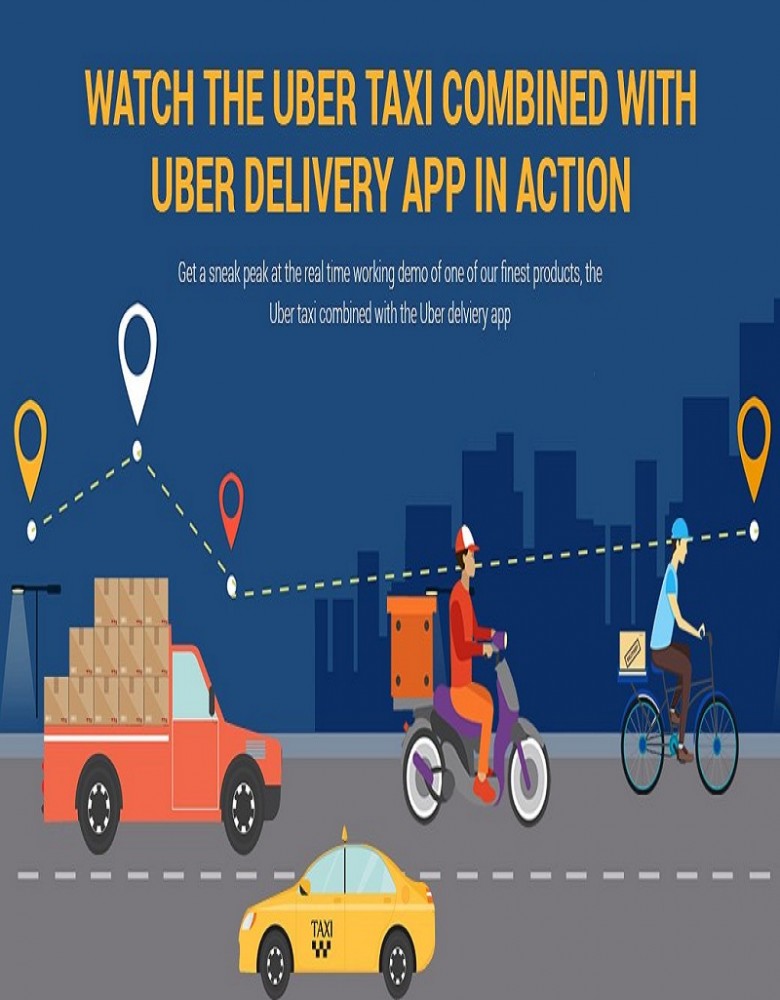The Complete Guide to Becoming a Full Stack Developer
In this post discus about The Complete Guide to Becoming a Full Stack Developer and discus about

The Complete Guide to Becoming a Full Stack Developer
A full stack developer is a very versatile professional who can work on the front-end and back-end of web applications.
This two-way expertise makes Full stack developer classes so important in today's tech world, where companies are looking for efficient solutions for building robust, scalable, and user-friendly applications. Know What It Means
Full Stack Developer Course in Chandigarh
handle all aspects of a web application, from its front-end design to the back-end logic and database interactions and sometimes deployment and maintenance.
Such a role is characterized by its strong technical competence in several fields, problem-solving, and team spirit.
Learn Front-End Development
Front-end development focuses on creating the UI and ensuring an easy UX. The necessary skills include:
HTML/CSS:
Structure and style, the foundation for web design
JavaScript:
Necessary for interactivity, animations, and dynamic content
Frameworks/Libraries:
Acquire knowledge about React, Angular, or Vue.js to work on modern and responsive, highly efficient user interface development
Be able to practice building beautiful websites that are not only functional but also adaptable for various devices
Achieve Expertise in Back-End Development
Back-end development is all about managing server-side logic, data processing, and database interactions.
Programming Languages: Begin with languages like Python, JavaScript (Node.js), PHP, or Ruby.
Frameworks:
Learn frameworks like Express (Node.js), Django (Python), or Spring Boot (Java) to streamline development.
APIs:
Understand how to create and use RESTful APIs or GraphQL for communication between the front-end and back-end.
Work with Databases
Databases are important for storing and managing application data. Learn:
Relational Databases: MySQL, PostgreSQL
NoSQL Databases: MongoDB, Firebase
ORM Tools: Sequelize, Mongoose, or Hibernate to make database operations easier.
DevOps and Deployment
Get familiar with tools and practices for deploying, scaling, and maintaining web applications.
Version Control:
Use Git and platforms like GitHub for code collaboration and version tracking.
Hosting Platforms:
Learn how to deploy applications on AWS, Heroku, or Vercel.
CI/CD Pipelines:
Automate testing and deployment processes for efficiency.
Build Projects and a Portfolio
Apply your knowledge by working on real-world projects. Start with small applications and then progress to complex, full-stack projects. Create a portfolio to showcase your skills and versatility to potential employers.
Stay Updated and Network
The tech industry is evolving rapidly. Continuous learning is the need of the hour. Follow blogs, attend webinars, and participate in coding challenges. Join communities like GitHub, Stack Overflow, or LinkedIn to network with other developers.By mastering both front-end and back-end technologies, gaining hands-on experience, and staying committed to continuous learning, you can excel as a full stack developer and open doors to exciting career opportunities. Your journey may be challenging, but the rewards of becoming a skilled and in-demand professional are well worth it.
What's Your Reaction?



















/All_Nippon_Airways_Boeing_787-8_Dreamliner_JA801A_OKJ_in_flight-958bd939106045d19aa0c6c81a7d65c9.jpg)

